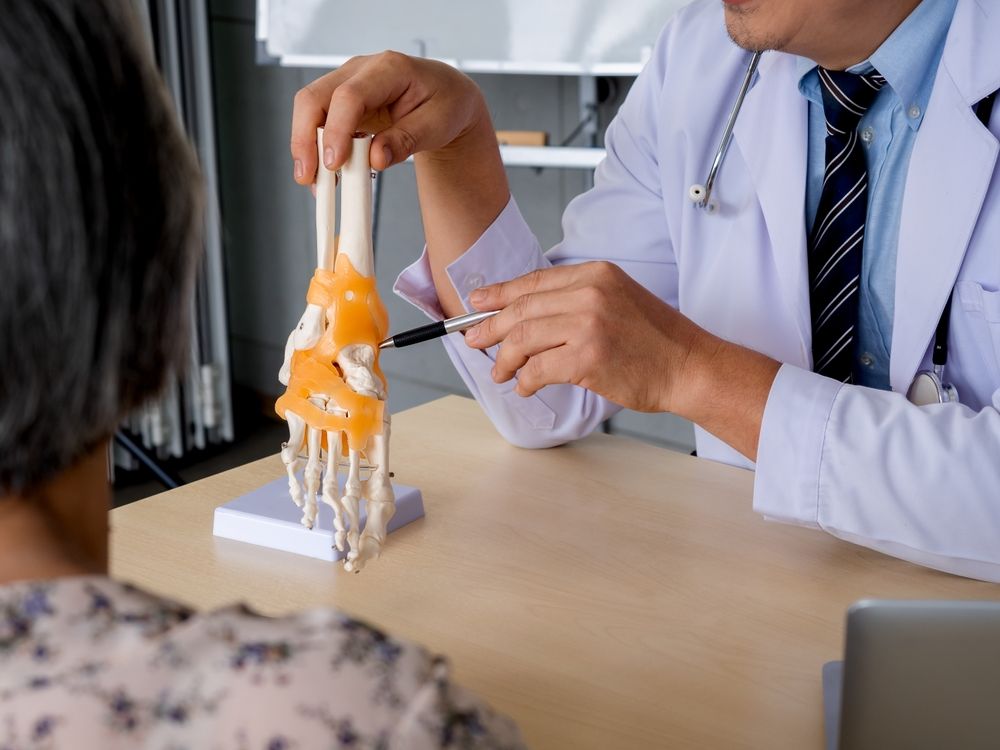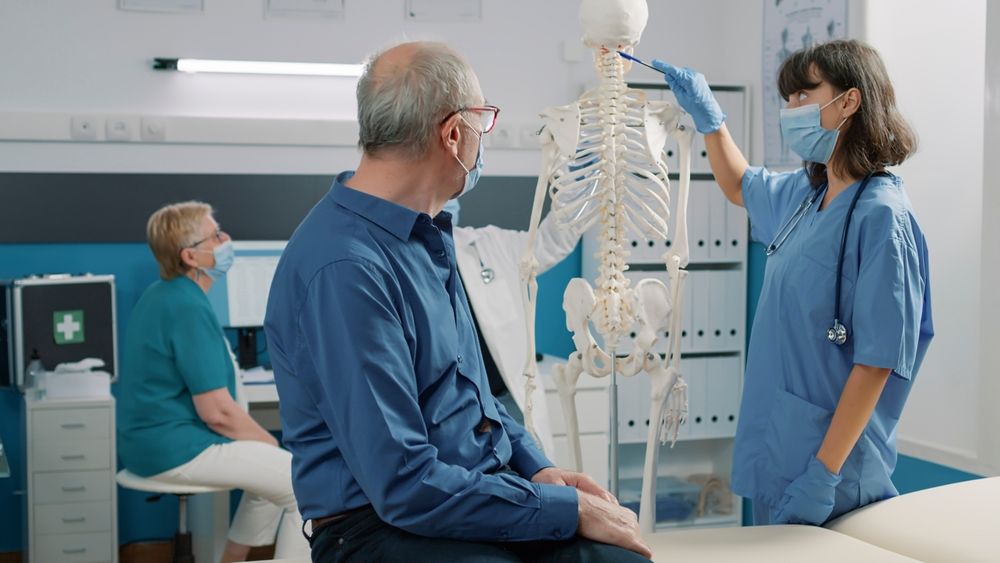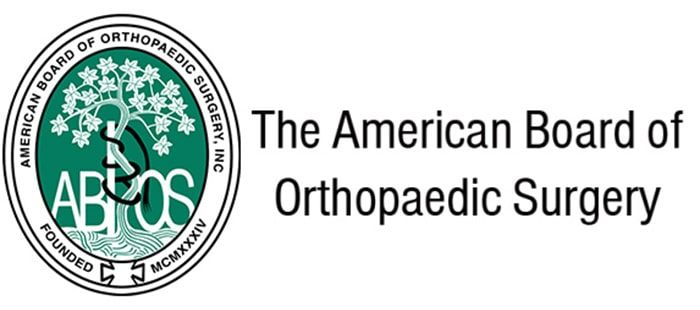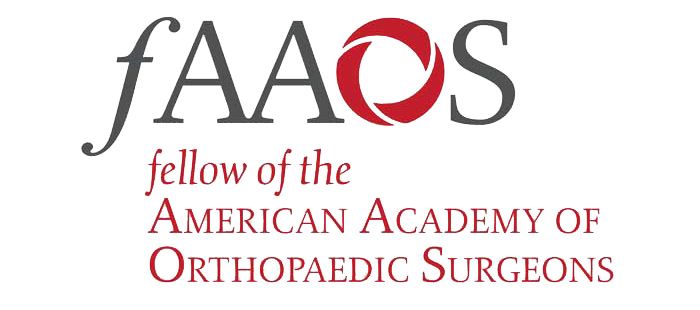Managing postoperative pain is a significant struggle for practitioners. 8 out of 10 patients report experiencing pain after surgery, with 75% reporting that pain being moderate or greater. Over half of these cases involve patients reporting poor pain management after the procedure. Some of these reports raise concerns about patients developing chronic pain in the future. These reports have led to the American Pain Society (APS) creating a new set of guidelines governing managing postoperative pain. These guidelines aim at improving pain management in patients of all ages.
Exploring The Future Of Postoperative Pain Management
The creation of these guidelines involved 23 experts in the field of pain management. They studied pain management topics, including the methods involving the use of medication, as well as those that do not. They explored the importance of the perioperative settings, being those settings the patient is in around the time of surgery. Everything from the planning of pain management methods to the transitioning of a patient to outpatient care was considered. This intensive study of the subject led to the creation of numerous recommendations that are now included in the guidelines. These guidelines include the following:
- Educating patients about methods of treatment for pain
- Informing patients about the intended results of postoperative pain management
- Presenting children with developmentally-appropriate methods of assessing their pain
- The use of multimodal pain management therapies
Multimodal pain management is a process that uses multiple approaches to managing the patient’s pain. These steps include methods that are both medicine and non-medicine-based approaches. The most important aspect of these multimodal approaches is that each aspect of care has a synergistic effect. Synergy, in medicine, refers to individual treatments that have a more significant effect when used together than either does on its own.
These guidelines also promote the use of encouraging pain control medications by mouth rather than through an IV. Substantial research has shown that pain management medications are no more effective when administered via IV. However, their response time may be faster. Regardless of the method of administration, opioid-based pain control must be avoided following the operation. However, those already taking these medications before the surgery may be exceptions to this guideline.
These guidelines are among the more prominent of those mentioned in those released by the APA. However, studies are ongoing regarding the methods used in treating perioperative pain.
Speak To Dearborn & Associates About Pain Control After Treatment
The APA guidelines are a general guide to help clinics and practitioners develop their own peri and postoperative pain management plans. However, you must discuss these topics with your pain management specialist. They’ll introduce you to the policies practiced by their clinic and explain the impact they have on your postoperative pain. These discussions are essential to being an active patient and can significantly improve your postoperative experience. Contact Dr. John Dearborn to learn more today if you have an upcoming surgery.











